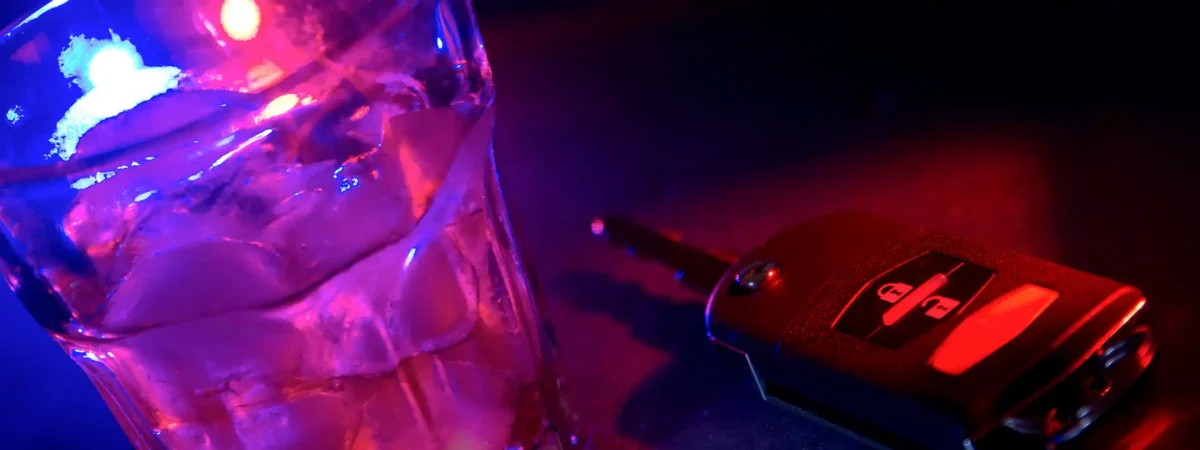
What Does “BAC” Mean?
BAC stands for Blood Alcohol Content. This is a measure of how much alcohol a person has in their system.
BAC, known as blood alcohol content, is a way of measuring how much alcohol you have in your blood. It is not a perfect metric, but it is widely used by courts to draw legally draw the line between “intoxication” and “sober.”
Any alcohol you drink will end up in your bloodstream. As it is consumed, the alcohol will be absorbed into the blood through your stomach lining and small intestine. This process is not instant, and the can take some time to be absorbed. As more of it is absorbed into your blood, it will then reach your brain and cause you to become further intoxicated.
What is the BAC Limit for Driving in Ohio?
BAC is usually denoted as a percentage. A primary example would be that the legal per se “limit” for drivers in Ohio is .08% BAC. The Ohio Revised Code allows individuals to be charged with OVI/DUI even when they have lower BAC, ORC 4511.19 (A)(1)(a), but the per se limit is .08% BAC.
What Factors Affect BAC?
Two completely different individuals can drink a similar amount of alcohol and end up with a completely different BAC.
The difference can totally depend on:
- Your age, height, and weight
- How much food you consumed
- What type of alcohol you drank (wine, beer, liquor, etc.)
- If the drink had carbonation
- How quickly it was consumed
Other factors that need to be accounted for, as well, include the amount of sleep an individual had the prior night, if they are taking any medications, if they are ill or suffer from certain diseases/sickness, if a person had recently eaten, and whether the individual was drinking other fluids along with the alcohol.
Certain people’s bodies can flush out alcohol faster than others, which can then lead to individual tolerance differences. It is sometimes accepted for basic calculations to say a person can burn off or eliminate alcohol at a rate of 0.016% per hour. However, the rate of an individual’s metabolism can vary greatly. This can lead to inaccuracies in DWI expert witness testimonies. So, if an individual is at a .04% BAC, and consequently falls within the normal range for alcohol metabolism, that person would require two hours of no drinking to reach 0.0%, however, this is completely an ESTIMATE.
You can think of drinks in terms of a compounding percentage that each one will create upon absorbing into your body. Let’s say you drink a Budweiser, which contains about 4.5-5% alcohol volume per can/bottle. This will give the “normal” consumer about a 0.02 BAC reading after about 45 minutes of consuming the drink. If you continue to drink and they are consumed faster than one drink per hour, your BAC levels will climb pretty quick. This is all dependent on certain factors such as weight, age, drinking habits, tolerance, meals, other liquids consumed, metabolic burn-off rate, medications, sleep, hereditary issues, and illnesses.
Despite there being potential differences in the amount of alcohol consumed, two people will have a similar intoxication experience if they have the same BAC. That is why this metric is used as a standard in DUI cases.
A BAC reading can still be misleading even when confirmed with a test. Often, BAC will continue to rise even after you have quit drinking. That means you could have been less drunk when you were pulled over than you were when you took the breath test hours later. In some cases, this is can be a completely valid DUI defense.
Since there are numerous factors that go into calculating a person’s BAC at the time of driving, it is vital for an investigator or scientist to fully examine the driver’s medical history and lifestyle habits. However, expert witnesses for the prosecution seldom, if ever, attempt to obtain the proper information needed for an accurate analysis of BAC levels. Instead, they rely on the data coming from an average person, in the hopes that it will be reliable.
For you or your loved one’s DWI trial, “close enough” should never be acceptable. We would love to assist you as you proceed thru your DUI process. Please contact us as soon as possible.

ATTORNEY KELLY FARRISH
Kelly Farrish always knew he wanted to be an attorney, but he the path he took to get there isn’t like most. He served five years in the United States Air Force and did two voluntary years in South Vietnam. When he returned to Cincinnati, he worked the midnight shift as a technician at Cincinnati Bell, all the while attending college full time year round for three years. He graduated Cum Laude from the University of Cincinnati. [ ATTORNEY BIO ]








